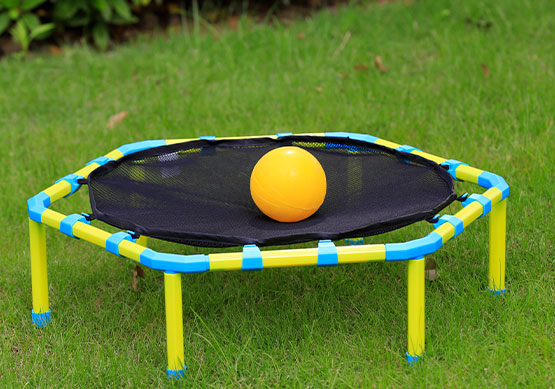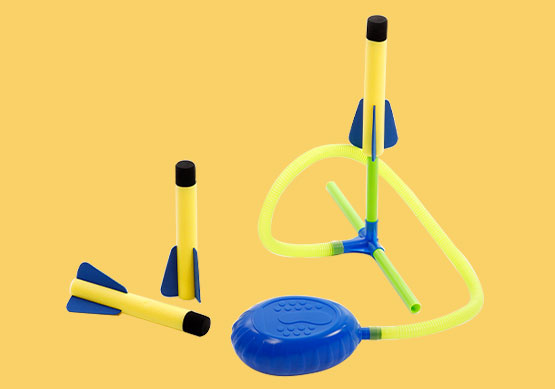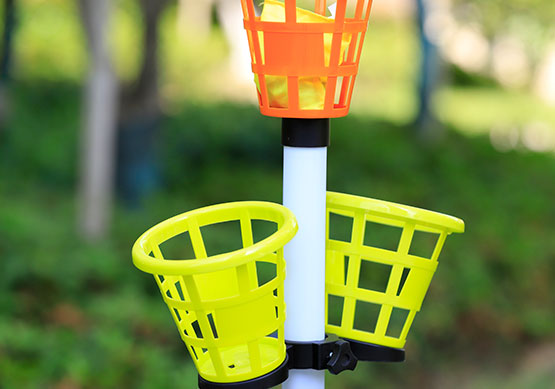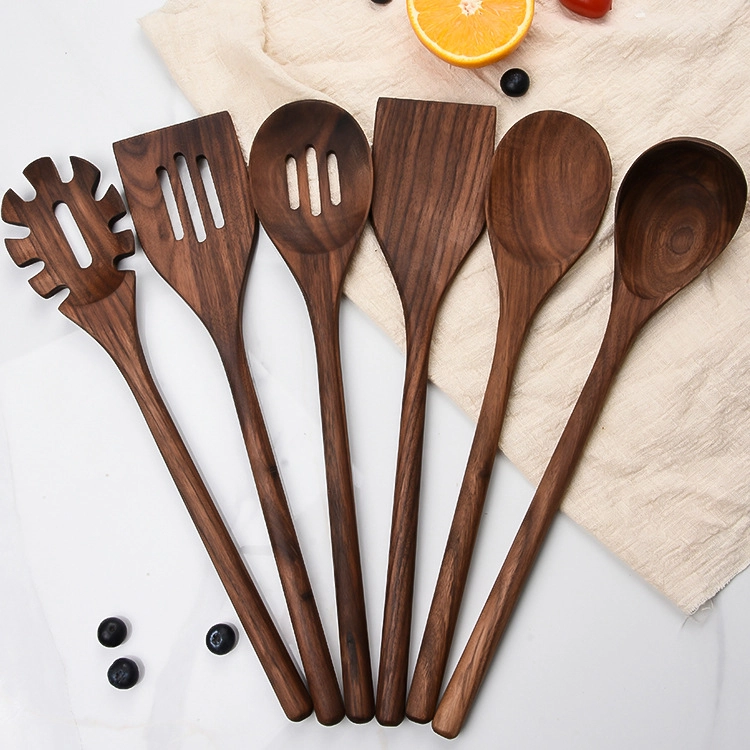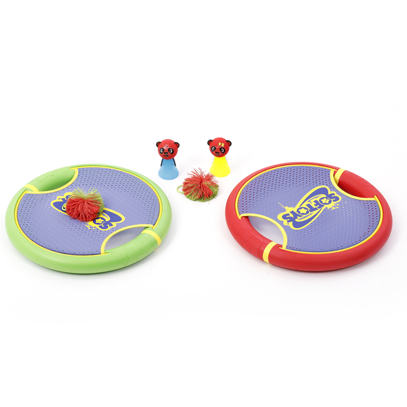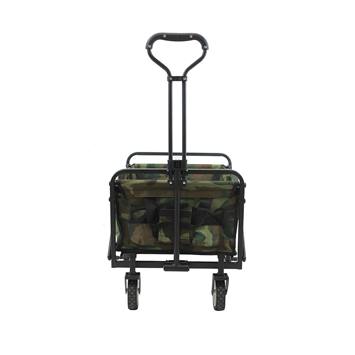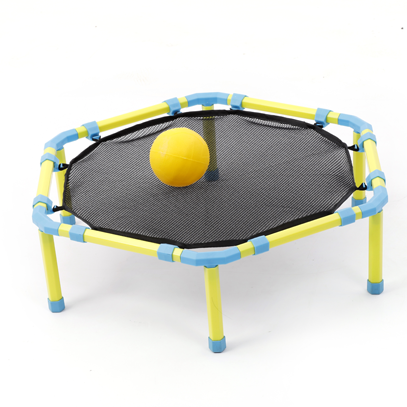How to Choose Plastic Products for Children?
Plastic products are becoming increasingly popular with parents due to their lightweight, novel appearance, bright colors, and durability. Many children's products such as tableware, toys, and school supplies are now made from plastic and its derivatives. However, many parents are unclear about how to choose a variety of healthy and safe plastic outdoor toys for their children.
1. They Need to Understand the Ingredients of Plastic OutdoorToys
Parents should pay special attention to the number "7," which represents polycarbonate (PC) or other types of plastic products. PC is a widely used material and is commonly used to make milk bottles, space cups, etc. It is relatively safe, but plastic outdoor toys made from PC are also controversial due to the presence of bisphenol A. Bisphenol A is released more quickly and in greater amounts, as temperatures increase, so it is best to avoid heating plastic toys and direct sunlight exposure.
Due to the special demands for the appearance, color, and properties of plastic products, many new additives have been added to the plastic during production. For example, Lead and other metals are added to plastic products to enhance their color appeal, while plasticizers such as formaldehyde and phthalates are added to increase their toughness. However, none of these additives are permanently combined with the plastic, and they can potentially pose a risk to health when released from the plastic during heating or aging.
Children's sensitivity and unique behavior habits (finger-to-mouth habit) make it more likely for them to be affected by the chemical substances in the plastic.
2. To Avoid the Harmful Effects of Toxic Substances on Children, Parents Should Also Pay Attention to the Following when Purchasing and Using Plastic Outdoor Toys
(1) Parents and teachers should guide children to avoid habitually putting plastic outdoor toys in their mouths for long periods to avoid exposure to toxic substances.
(2) Purchase plastic outdoor toys from reputable manufacturers with complete safety labels.
(3) Choose plastic outdoor toys based on their intended use and plastic product number.
(4) Select plastic outdoor toys with good appearance. When purchasing, check for obvious deformations, color differences, smoothness of the surface, flatness of the bottom, clarity of the sticker patterns, and whether there are wrinkles or bubbles. For colored plastic outdoor toys, try wiping them back and forth with a white napkin to see if there is any discoloration or other phenomena.
(5) plastic outdoor toys should be disinfected regularly before use. When disinfecting, avoid using UV light to avoid accelerating the release of polycyclic aromatic hydrocarbons.
(6) Replace plastic outdoor toys in a timely manner after prolonged use to avoid the release of harmful substances due to plastic aging.
(7) Prioritize items with less printing and lighter colors to reduce the likelihood of heavy metal and other harmful substances that may enter enter the body.
Related News

 English
English 